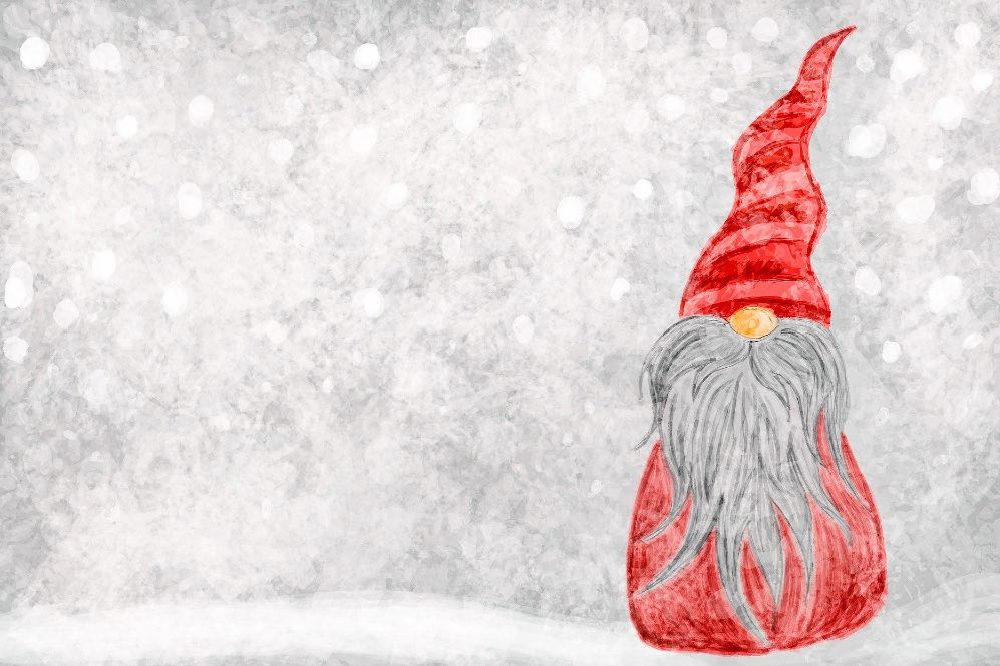Two years ago, we unveiled a list of extraordinary festive figures from Krampus to Sinterklaas who were came up rather less often on a global scale than Santa Claus. This year, we present yet more unusual characters who deserve just as much appreciation for their role in European Christmas traditions...
Befana
A good witch of Italian folklore, Befana is a broomstick-riding hag who is said to deliver gifts to children on Epiphany Eve (January 5th). Like Santa, she is supposed to fill the socks of children with sweets and presents if they are good and a lump of coal if they are bad, and is supposed to enter homes via the chimney. Children also leave wine and food out for her. However, unlike Santa, she is traditionally thought to sweep the floor before leaving, as a metaphor for sweeping away troubles of the year.
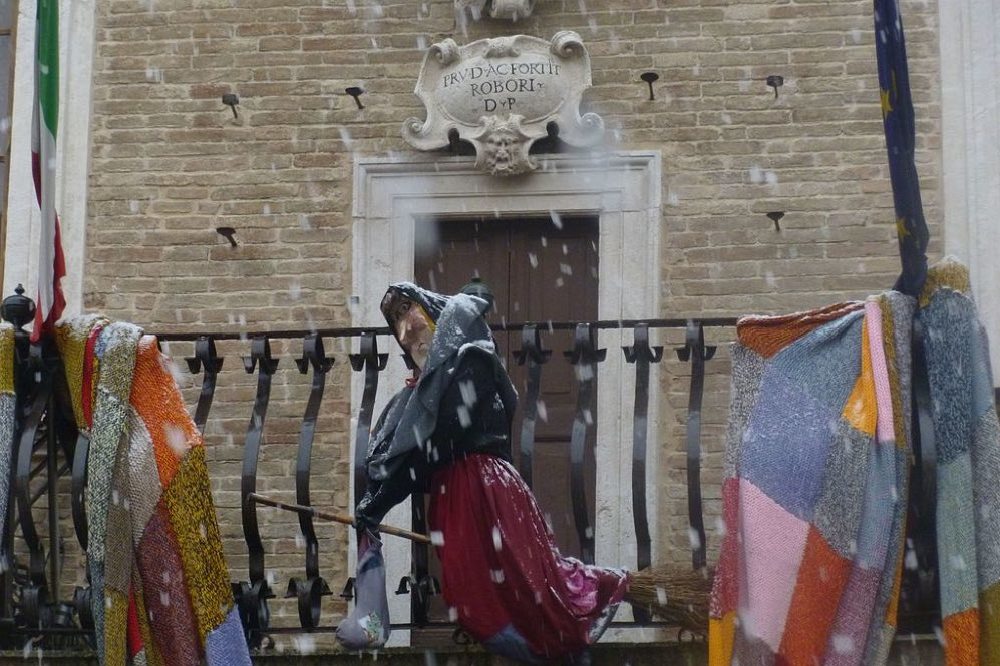
Grýla
In our previous exploration of alternative festive figures, we introduced The Yule Lads; Icelandic mountain-dwelling pranksters that leave either gifts or potatoes in children’s shoes. Well, Grýla is their giantess mother. A grotesque creature who likes eating naughty children and lives in a cave with her husband Leppalúði, she comes out at Christmas to carry off children that have misbehaving all year in her giant sack - and she never goes hungry.
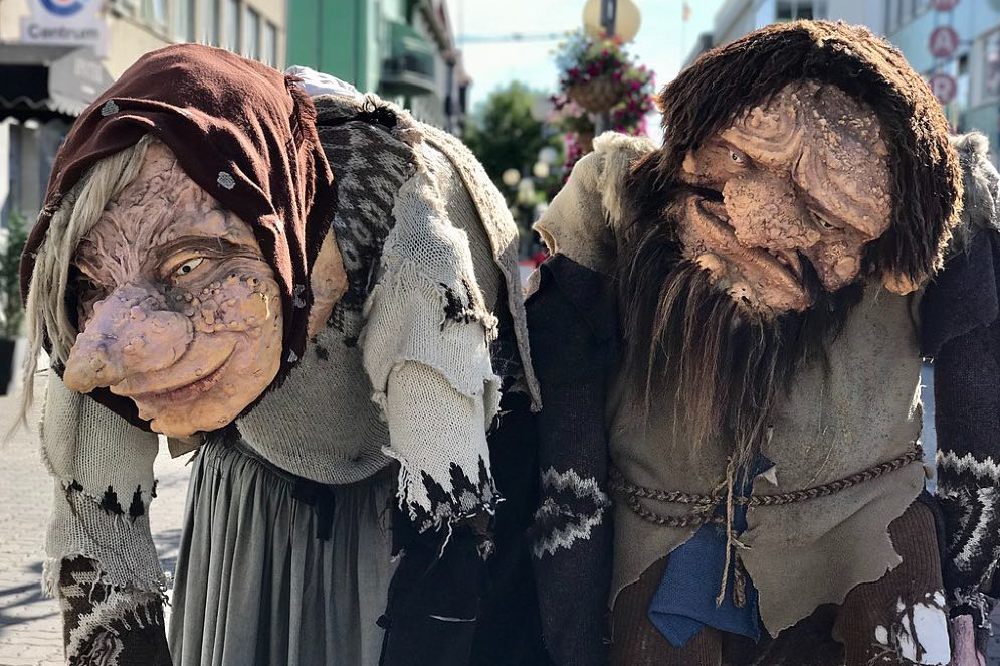
The Tió de Nadal
Named the “Christmas Log” in English, the Tió de Nadal is not an ordinary Yule log. It’s largely a Catalan tradition whereby a foot-long hollow log is adorned with a smiley face and a hat, and covered in a blanket before being gradually filled each night with small presents (like sweets and miniature toys) from the Feast of the Immaculate Conception (December 8). The idea is that it is then made to “defecate” the presents on Christmas Day by beating it with sticks (like a piñata) while singing songs like Caga tió (or… pardon us… “S**t, log”).
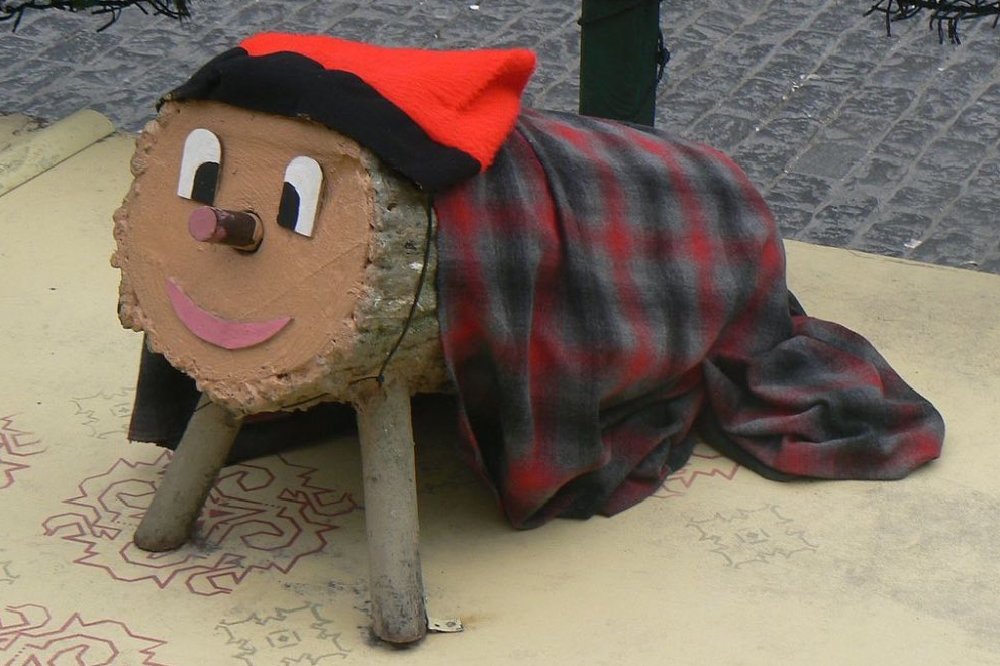
The Caganer
At this point, we had to check that it was Christmastime and not April Fool’s Day because we have yet another defecating Yuletide character. Catalan culture also has a character called the Caganer who is depicted in Nativity scenes squatting with his pants down like he’s pooping. “El Caganer” literally translates to “The Pooper”.
Apparently, this tradition has been around since the 18th Century, and there’s no clear explanation for it though many have offered suggestions from the fertilization of the Earth to an anti-capitalist commentary, but it has to be said that it is not depicted as part of the manger scene. Nativity scenes in these cultures generally depict a broader view of Bethlehem as a city rather than just the stable.
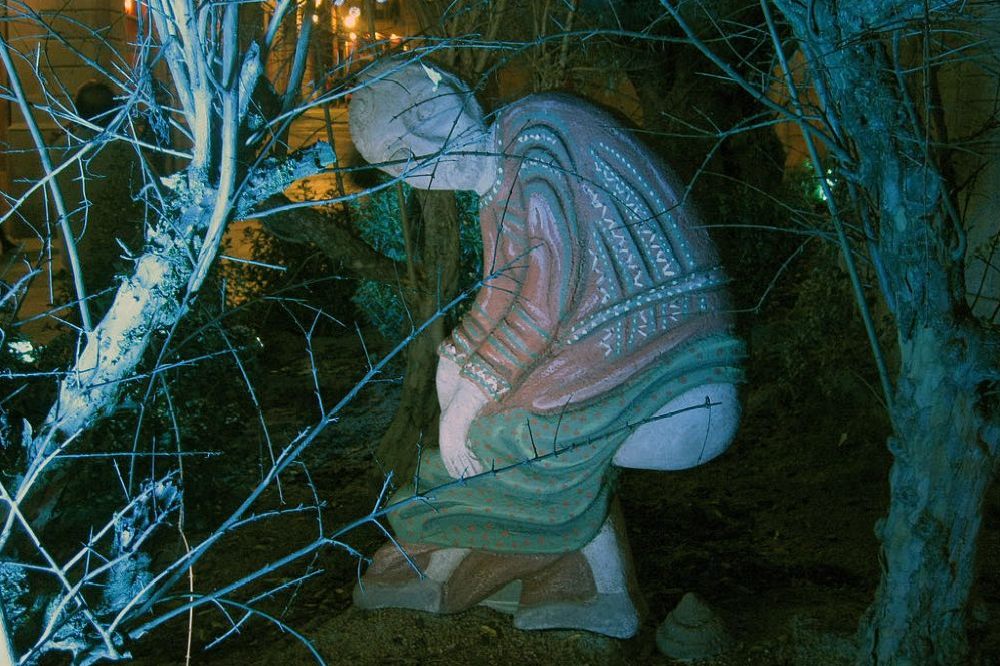
The Kallikantzaros
This rather mischievous south-east Asian character is something of a goblin, often portrayed with animal parts like cloven hoofs, and frequently there are more than one of them. They are malevolent tricksters that come out at night, and are particularly active over the twelve days of Christmas (also known as the “unbaptized days”). In Greek mythology, they spend the rest of the year trying to collapse the Earth by sawing at the World Tree.
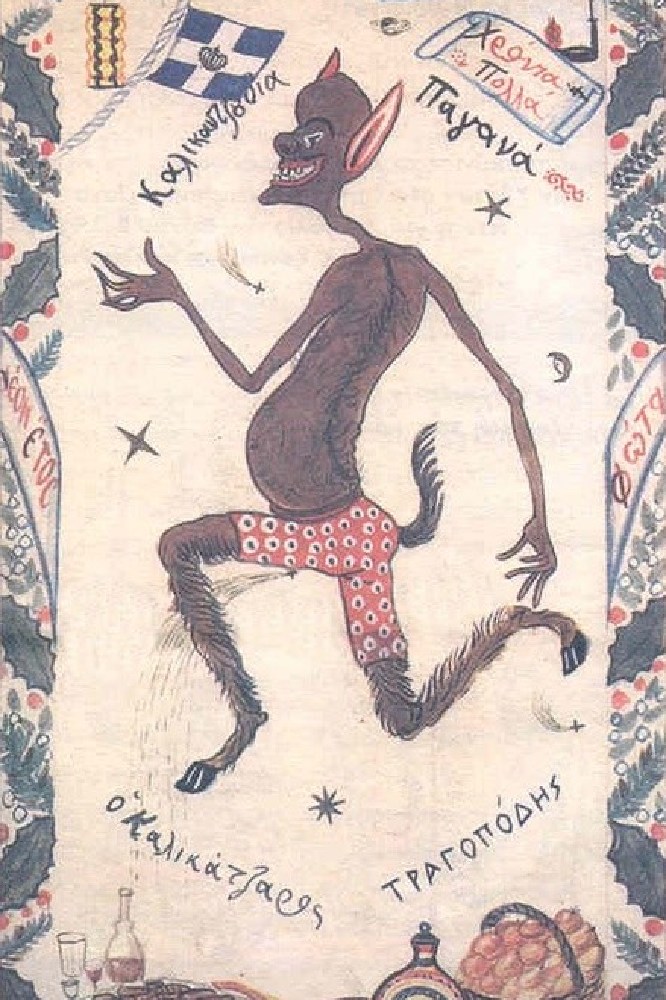
Lutzelfrau
Another Christmas hag (we just can’t get enough of them), the Luzelfrau is a German folkloric witch who brings gifts of apples and dried fruit to children on Saint Lucy's Day (December 13th). She’s not a hugely popular festive figure, but she certainly should be.
Joulupukki
Originally, this Finnish character was known as the “Yule Goat”, though these days he is more commonly conflated with Santa Claus. He was initially a Pagan figure and is sometimes portrayed by a performer known as a “nuuttipukki” at Christmas.
He’s typically dressed in red robes with a band of blue, uses a walking stick and rides a sleigh with reindeer that, crucially, do not fly.
MORE: Seven festive figures who are just as fun as Santa Claus
Nisse
This Nordic Winter Solstice character is probably the only one on the list fairly universally recognised; after all, gnomes (usually of the Scandinavian gonk style) are popular Christmas decorations these days. Various traditions are associated with the Nisse, including leaving out a bowl of porridge with butter for them as gratitude. They are seen as gift-givers, and often look rather indistinguishable from how we now view Santa Claus.
